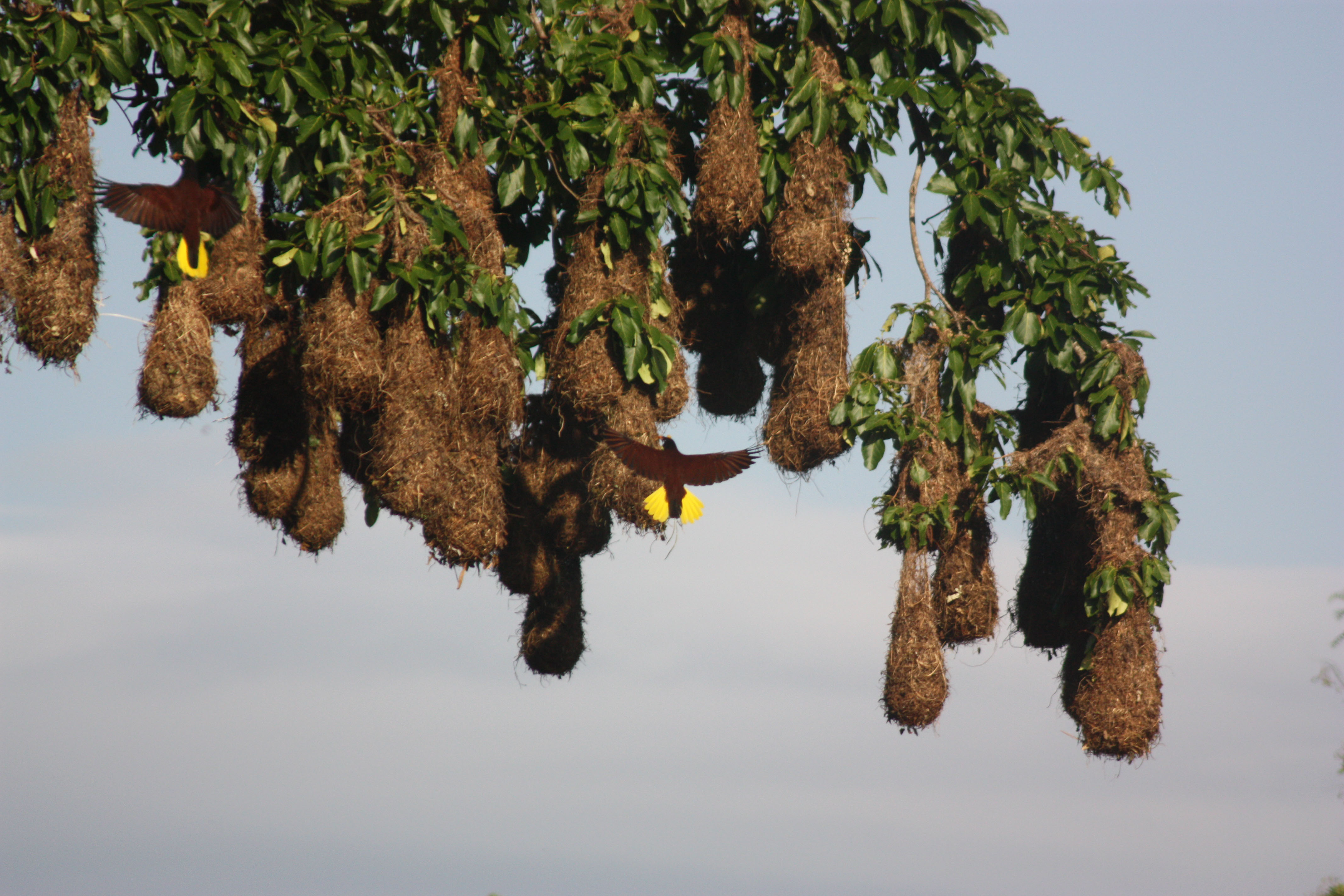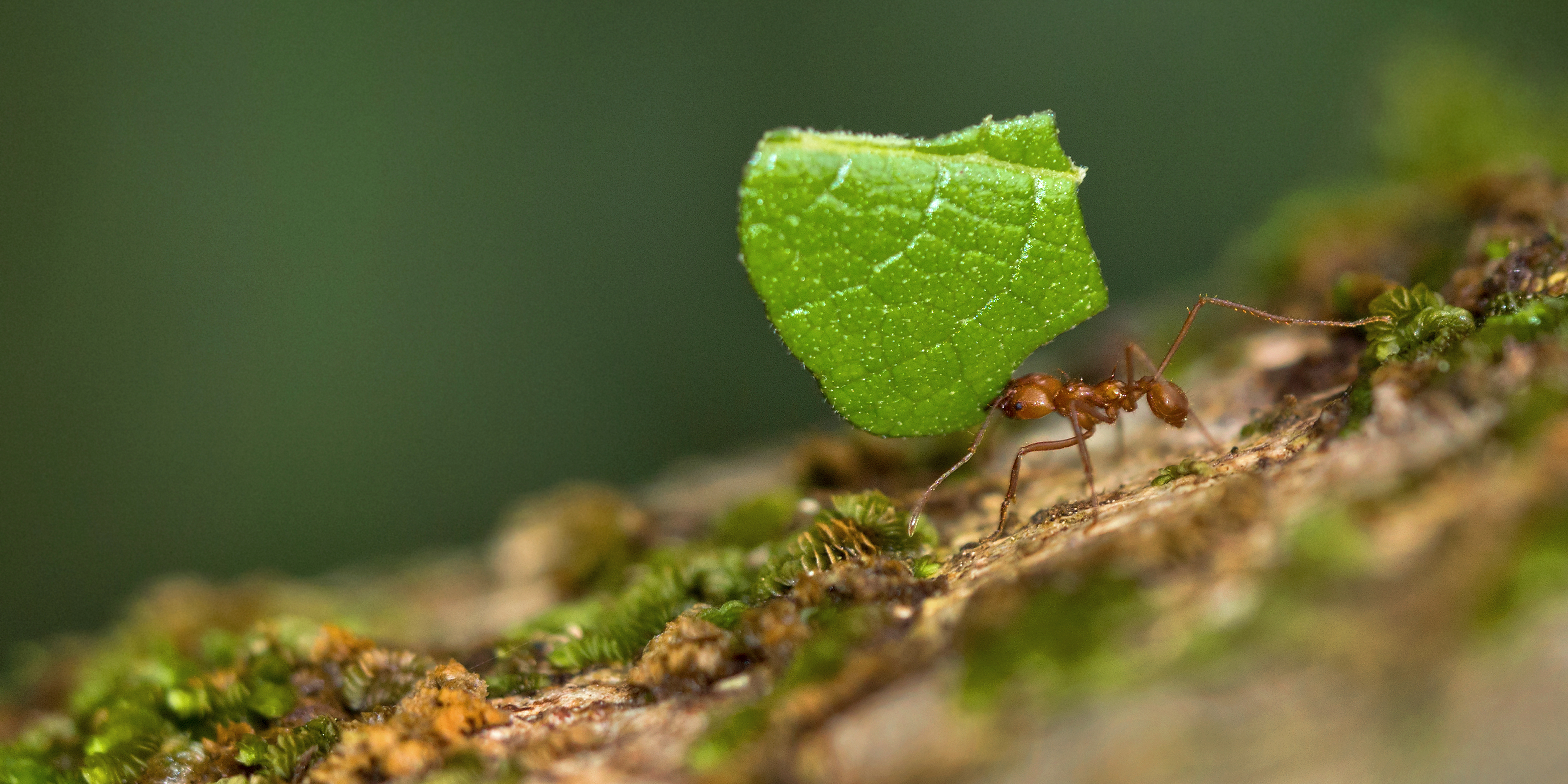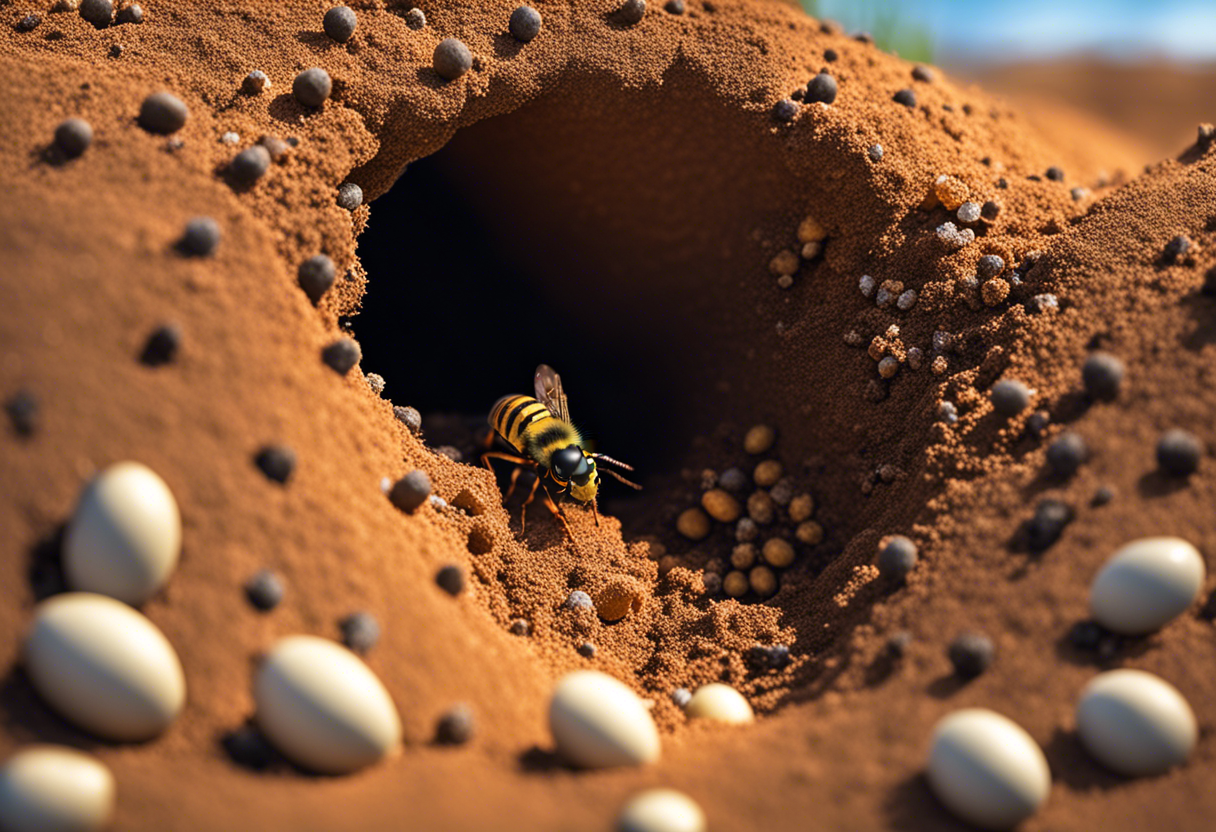Incredible Animal Architects and Their Astounding Nests, Burrows, and Homes
The natural world is a marvel of ingenuity and adaptation. Within it, some of the most remarkable architects are not humans, but animals. Their creations, from intricate nests to complex burrows, reveal a level of sophistication and skill that often surpasses human understanding. This exploration delves into the world of eighteen incredible animal architects, showcasing their astounding homes and the unique adaptations that allow them to construct such masterpieces. Prepare to marvel at the wonders of nature, as we embark on a journey that will reveal the extraordinary capabilities of these animal builders.
The Weaver Bird’s Intricate Nests

Weaver birds, native to Sub-Saharan Africa, are renowned for their intricately woven nests. These birds construct their nests with a precision that is truly astonishing, using long strips of grass and leaves to weave complex structures that hang from tree branches. Each nest is a marvel of engineering, designed to protect the bird's eggs and chicks from predators and the elements. The male weaver bird typically builds the nest, using it as a display of his prowess to attract a mate.
The Beaver's Dam

The beaver, a semi-aquatic rodent known for its industriousness, constructs elaborate dams using tree branches, mud, and stones. These dams, which can be up to 10 feet high and several hundred feet long, serve multiple purposes. They create a pond where the beaver can live safely from predators, provide easy access to food during winter, and serve as a place for the beaver to raise its young. The beaver's dam is a testament to the animal's remarkable ability to manipulate its environment to suit its needs.
The Termite's Mound

Termites are renowned for their impressive mound structures, some of which can reach up to 30 feet in height. These mounds, built from soil, saliva, and feces, are not just large, but incredibly complex. They feature a network of tunnels and chambers, and even include a sophisticated ventilation system that maintains a constant temperature inside the mound. This is crucial for the termites, as they are highly sensitive to temperature changes.
The Spider's Web

The spider’s web is one of nature’s most iconic structures. These intricate designs, woven from silk produced within the spider’s body, serve as both a home and a trap for prey. Each species of spider weaves a unique type of web, with variations in size, shape, and complexity. Some spiders create orb-shaped webs, while others construct funnel-shaped or irregularly shaped webs. The spider's web is a testament to the creature's adaptability and ingenuity.
The Prairie Dog's Burrow

The prairie dog, a type of ground squirrel found in North America, is known for its vast, complex burrow systems. These burrows, which can cover several acres, feature multiple entrances and exits, as well as specialized rooms for sleeping, nursing young, and eliminating waste. The prairie dog's burrow is a marvel of engineering, providing the animal with protection from predators and harsh weather conditions.
The Honeybee's Hive

The honeybee's hive is a masterclass in precision and efficiency. These structures, built from wax produced by the bees themselves, consist of a series of hexagonal cells. The hive serves as a home for the colony, a place to raise young, and a storage area for honey and pollen. The honeybee's hive is a testament to the animal's remarkable sense of community and cooperation.
The Bowerbird's Bower

The bowerbird, native to Australia and New Guinea, is known for its unique courtship behavior. The male bowerbird constructs a structure, or "bower", from twigs and grass, which he then decorates with brightly colored objects to attract a mate. The bowerbird's bower is a testament to the animal's creativity and aesthetic sense.
The Caddisfly's Larval Case

The caddisfly, a small aquatic insect, builds a protective case during its larval stage. This case, constructed from pebbles, sand, twigs, and other materials, serves as a shelter and a camouflage against predators. The caddisfly's larval case is a testament to the insect's resourcefulness and adaptability.
The Montezuma Oropendola's Hanging Nest

The Montezuma Oropendola, a bird native to Central America, is known for its hanging nests. These nests, woven from vines and grass, can be up to 6 feet long and hang from the branches of tall trees. The Montezuma Oropendola's nest is a testament to the bird's remarkable weaving skills.
The Mud Dauber Wasp's Mud Nest

The mud dauber wasp, found worldwide, constructs a unique nest from mud. These nests, which can contain up to several dozen cells, serve as a home for the wasp's larvae. The mud dauber wasp's nest is a testament to the insect's industriousness and precision.
The Leafcutter Ant's Fungus Garden

The leafcutter ant, found in South and Central America, is known for its unique method of food production. The ants cut leaves and carry them back to their nest, where they use the leaves to cultivate a fungus garden. This garden serves as the colony's primary food source. The leafcutter ant's fungus garden is a testament to the insect's remarkable farming skills.
The Digger Wasp's Burrow

The digger wasp, found worldwide, constructs a burrow in the ground to house its eggs. This burrow, which can be several feet deep, protects the wasp's eggs from predators and the elements. The digger wasp's burrow is a testament to the insect's remarkable digging skills.
The Bank Swallow's Cliffside Nest

The bank swallow, a bird found worldwide, constructs its nest in the side of riverbanks or cliffs. These nests, which are dug out by the swallow using its beak and feet, provide a safe place for the bird to raise its young. The bank swallow's nest is a testament to the bird's remarkable digging skills.
The Gopher Tortoise's Burrow

The gopher tortoise, a reptile found in the southeastern United States, constructs a burrow in the ground. This burrow, which can be up to 40 feet long, provides the tortoise with protection from predators and harsh weather conditions. The gopher tortoise's burrow is a testament to the reptile's remarkable digging skills.
The Harvester Ant's Granary

The harvester ant, found in North America, is known for its unique method of food storage. The ants collect seeds and store them in a "granary", a chamber within the ant's nest. This granary, which can contain thousands of seeds, serves as the colony's primary food source during the winter months. The harvester ant's granary is a testament to the insect's remarkable foresight and planning.
From the intricate nests of weaver birds to the complex burrows of prairie dogs, the natural world is full of remarkable animal architects. These creatures, through their ingenuity and adaptability, have developed unique ways to manipulate their environment to suit their needs. Their creations serve not only as homes, but also as defenses against predators, places to raise young, and storage areas for food. In studying these animal architects, we gain a deeper understanding of the natural world and the incredible creatures that inhabit it.







